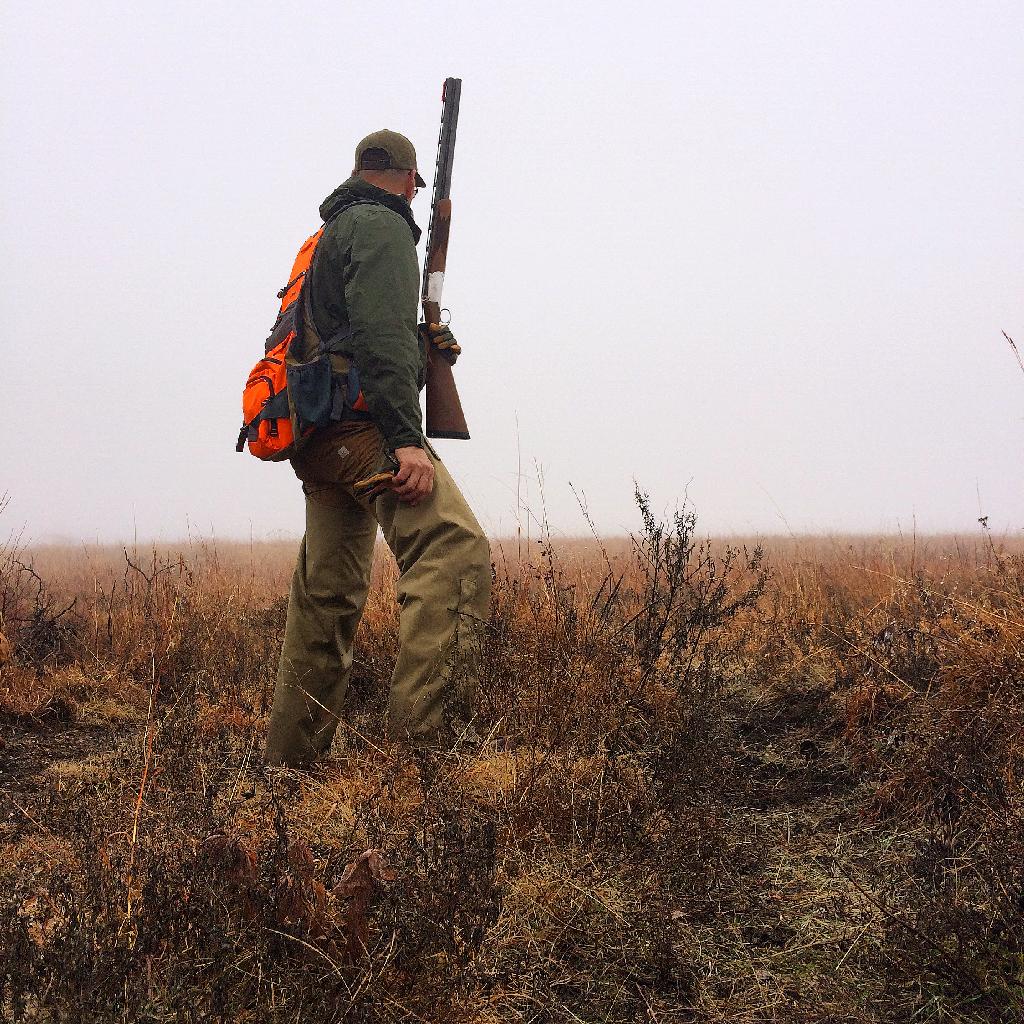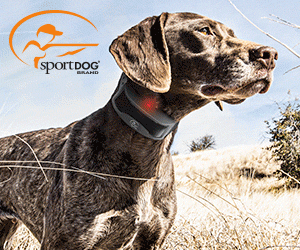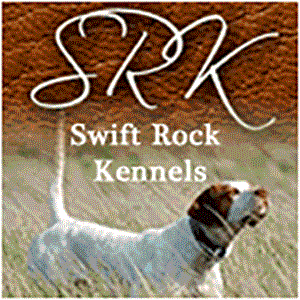`Upland` Chaps
The chaps have been a constant staple of gear for over ten years, but only within the last few have they been used. I don’t get cold easily, so their use as an added layer of warmth was never really justified or needed. However, as I have gotten older, the cold tends to seep into my bones a lot easier and wearing them make sense now.
The chaps were bought at a big-box, super outdoor store in the early 2000s because they were on sale. I never really thought of myself as a “chap” guy, but I couldn’t pass on the savings. They sat folded neatly in my daypack that I take along with me on every hunt. The pack houses essential pieces of gear (gaiters, 3 sets of gloves, neck gaiter, beanie, rain jacket, fleece jacket, puffy vest, handwarmers) for any kind of situation that may arise, no matter the weather conditions. I always made do if the weather was wet with only my rain jacket, but now that I am older, I have found that even during colder, wet, and windy days – the chaps come out and are put on.

MY CHAPS
The tan chaps I bought are 100% nylon with Gore-Tex lining, making them waterproof, windproof, & breathable. They are noticeably light and not heavy as some chaps can be. A combination of calf-high side zippers and three brass snaps allow for easy on/off with boots. Each chap is marked for the right or left leg and has an adjustable strap to secure them to my belt. The chaps have been through a lot of tough obstacles and environments, such as thorns, unforgiving brambles, and impenetrable plum thickets to name a few. Not a droplet of water, nor a puff of wind has made its way through the fabric’s membrane. After more than a decade of use, the chaps are still in great shape and continue to work…flawlessly!
CHAPS vs FACED PANTS
Chaps offer an alternative to those bird hunters not wanting to wear heavy-faced upland pants. You know the type, usually jeans or heavy fabric pants with a protective material sewn from the upper thigh, down to the cuffs. Those “upland pants” tend to be heavy, but they do their job at providing protection to the wearer. Chaps, however, allow users to easily don regular-styled pants and just slip the chaps on over them. Depending on personal preference, and the climate, chaps allow the use of lighter pants underneath for better breathability and avoid over-heating.
With the advent in fabric technology, “upland plants” are becoming lighter and tougher and can hold their own against what the “old-timers” use to wear. Even with the advancement in garments, chaps are still a valuable piece of gear that can be used in conjunction with those new fandangle-styled pants. As I said, I rarely get cold, but when the thermometer starts to descend, I grab my chaps and slip them on. Chaps work as an additional layer and foundation in keeping me warm and dry, and if need be, can be quickly removed and stored away.
Let’s be realistic, unless you are wearing waterproof or water-repellant pants, you will get a little damp if not saturated when hunting those dew filled mornings or snow and rained-filled days as you walk through the tall wet grass and brush. Your legs are the first part of your body that will come into contact as you bust through habitat. Chaps act as a barrier between you and water, no matter what form it is in (snow, ice, sleet).

CHAPS ARE TOUGH
Did I mention that my chaps are tough? Although they are nylon, the chaps offer protection against an array of covers. After a decade, I have yet to ever have the chaps punctured or torn. They help me push through briars, and other types of unforgiving cover. Their durability in the field, from the Wyoming filled sagebrush sea, to thicket laden Kansas quail habitat, the chaps have emerged unscathed.
FABRICS & MATERIAL
Talking about durability, not all chaps are the same. As with bird vests, chaps come in a variety of fabrics and materials. Depending on what the chaps are made of, may influence the wearer on how and when to use them. Some chaps will offer more protection due to how they are made. Chaps made of heavier material will offer more defense from not only the environment you are hunting in, but the weather as well. I’ve seen some chaps that are almost bulletproof against nasty, thorny brush.
One thing to keep in mind is the material the chaps are made of, may make them “stiffer”. My best friend, Hutch, wears a pair of well-worn Filson tin-cloth chaps that only getter better looking with age. In the beginning he said they were stiff, but the chaps were worn, the more they broke-in. His chaps also required them to be “waxed” as part of the process to keep them waterproof and in working condition. Hutch has been accustomed to wearing his chaps throughout several seasons, while I choose to wear them only during the most extreme conditions.
Other added benefits to chaps made of heavier material include better resistance to punctures such as thorns, cactuses, and sticks. Want even more protection? Some chaps are made to be snake-proof!
Chaps may be made of:
- Nylon
- Wax (requires maintenance to sustain their waterproofness and life)
- Cordura
Additional features some chaps may provide:
- Waterproof
- Windproof
- Snakeproof (tend to be stiffer)
- Lightweight
- Breathable
- Briar-resistant
- Side zips or buttons for easy on-and-off over boots
- Articulated knees for wide range of motion.
- Adjustable dual belt loops and attachment points
- Sized to fit both men and women (SMALL, MEDIUM, LARGE, XL)
- Packs small and light for travel
AVAILIBITLY & PRICE
As with everything, chaps can be easily found easily with a quick Google search. Many upland gear specific companies offer chaps. Do your research and if possible, find a place that has them so you can try them on. Prices vary from around $50, to more than $100. I purchased mine in the Bargain Cave for around twenty-five bucks, during the off-season – so look for sales.
A VERSATILE PIECE OF GEAR, EVERY BIRD HUNTER SHOULD OWN There is no question about it, chaps can be an essential piece of our upland gear. They may never see the light of day or experience walking through plum thickets to hunt up singles after a covey flush, but they deserve an audience. This article was never meant to be a gear review per se for chaps, but more of an introduction to what chaps can offer.
Chaps can be worn in a variety of landscapes. From chasin’ roosters, bobs, and prairie grouse in the Midwest, to birds of the Northwoods, where hunters snake their way through and endless forest for ruffs and woodcock, to our compadres in the Southwest chasing those desert quail, to our friends in the West, where they climb steep mountains and slide down rocks slopes as they hunt the Devil’s bird…. chaps can be worn practically everywhere.
Related Aritlces
WHAT TO WEAR? THAT IS THE QUESTION.
What do I wear for bird hunting? Is a valid and common question asked by new bird hunters. The answers they receive will be on both sides of the spectrum. From the very basic to high-tech. Comfort and protection are paramount when hunting the uplands, as they can be versatile in every aspect of the hunt. There’s a style to the upland ruggedness we hunt. What bird hunters wear must allow them to walk comfortably and if need be, crash through heavy and unruly thickets, brambles, thick cover, as well as up and over rough terrain in mild to extreme conditions. Wear what makes you comfortable and what you can afford, while still maintaining breathability, warmth, dryness, and durability. These attributes make for upland field excursions more enjoyable when not thinking about whether the clothes on your back will function, so focus can be to putting birds in your bird vest.





















